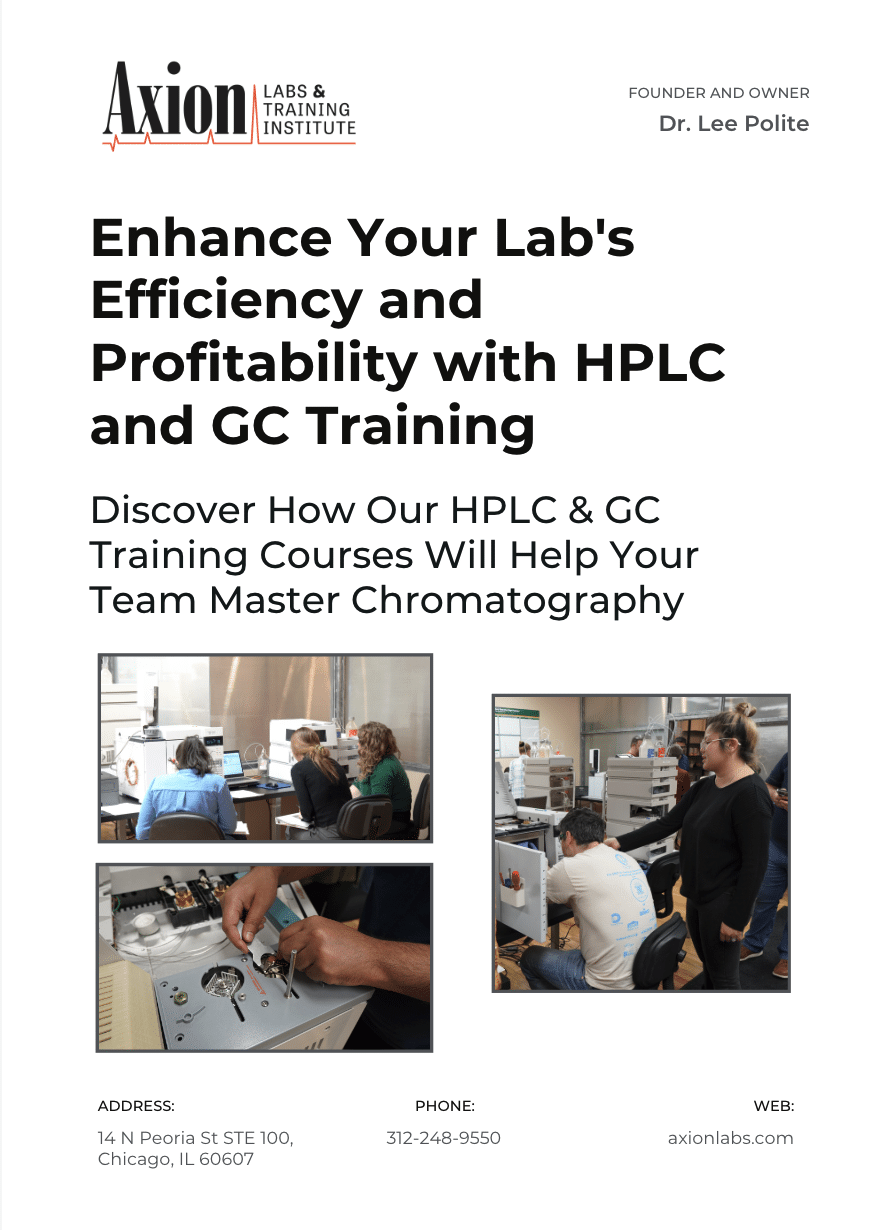Register for my free, on-demand HPLC method development webinar.
Need help choosing the right HPLC column?
“How do I choose the right HPLC column?” It seems like a tough question and I hear it often. But don’t worry! I’ve been teaching chromatography courses for over 30 years and I’d love to help you out.
A simple approach to find the right HPLC column.
First, realize that choosing a HPLC column is part of HPLC method development. That involves properly choosing not just the right column length, diameter, particle size, and stationary phase, but also the right solvents, the right HPLC buffers, flow rate, temperature, and many other variables.
That is a lot of conditions and parameters that need to be set properly!
No wonder many consider HPLC method development as one of the most complex topics in the world of chromatography.
But let me give you some tips on choosing an HPLC column as part of your HPLC method development. It is actually much simpler than people think.
Step 1 – Look in an HPLC column catalog.
I know that sounds like I am cheating here, but no this is the best thing to do.
I keep collecting my paper catalogs because I’m old fashioned. You can use a website as well, but let me show you an example. I have my Agilent catalog here. I’ve got my Waters catalog, my Phenomenex catalog. They are all on the shelves.
So in the back of every catalog, you find a section that is called the compound index. This is a list of every chemical that they have separated in this one catalog. So thousands of applications.
You find the application that you want and then turn to that page.
That page will give you the application. It will give you the column length, the diameter, the film thickness, the stationary phase, the temperature and the flows. It tells you everything. Namely it helps you choose an HPLC column!
Tens of thousands of HPLC applications already exist!
So what I tell people is that if you are trying to separate benzene toluene and xylene, don’t go to the lab and start injecting them. No! Go to the catalog to see what has already been done.
Now sometimes you will find a chromatogram that is more complex that you care about. You will see something like this with 75 peaks. Now if you look at this and say, “Gosh I only have three peaks, I don’t have 75.” Well this is a great starting point, then we will go to optimization. We will make it shorter and cut out some time.
So Step 1 – look in a column catalog. It’s gonna give you a guaranteed result.
OK let’s say that you don’t have a column catalog. Or let’s say that your chemical isn’t in one. Let’s say that you are sitting there saying, “Well Lee if I knew all of that I wouldn’t be asking you for advice.”
So that is a valid point.
Step 2 – Buy the best base-deactivated reversed phase HPLC column.
You could choose one of the dozens of different HPLC columns out there, but there is one column that dominates. About 85% of people buy reversed phase columns.
Why is that? To me that means that 85% of the separation problems must be solved by reversed phase. Not every one, 15% of them won’t be. But let’s play the odds.
What you want to do is to choose one really good reversed phase column. You want to buy the best base-deactivated C-18 column that you can get.
I consider C-18 as the most useful reversed phase column. There are dozens of different C-18 columns out there. What you want to find is the most modern C-18 column out there.
So here is a weird thing. When you look in the catalog they are going to list their oldest columns and their newest columns. And catalogs won’t really tell you that their old columns are lousy. That catalog – I hate to say it – contains many lousy columns.
It doesn’t mean that Agilent makes lousy columns, it means that there are old-fashioned columns that they still make for old-fashioned applications.
If you are starting a new application you want to start with today’s best technology.
Agilent – So my favorite column is the Agilent Zorbax Eclipse Plus C-18 made. There are have their SB-C18 that is also fantastic it is their #1 selling column. I personally like the Eclipse Plus.
Waters – Waters make a couple of great C18 base-deactivated columns. I like the Waters SunFire. It is a beautiful C18 base deactivated column. They also make one called XBridge. It is based on a different technology, very high-pH stable, an excellent column.
Phenomenex – My friends at Phenomenex make a column called the Luna C18, the #1 selling silica in the world. They also sell a newer version called the Gemini C18 – I don’t like the cute names but I like the column. The Gemini C-18 is the latest and the greatest out of Phenomenex.
I feel bad for all the companies that I did not mention. There are other great ones out there.
Just remember to start with a good base-deactivated C18 column.
Step 3 – Buy a ‘brute force’ column (aka maximum efficiency).
We haven’t defined efficiency yet. Come back to one of my HPLC courses and I will define efficiency for you. But it is a measure of the skinniness of the peak.
So when you are entering method development I have no idea how much efficiency that I need, so let’s start with the longest with the most efficiency. If that works and I have empty space (between peaks) then I can go to a shorter column to save time. But if I start with a short column, it may not work and then I would have to go to a long column. So in other words, start with a really long, really high efficiency base-deactivated C18 column. Here are the HPLC columns I would choose for a new application: a 10 cm/1.8 micron, or a 15 cm/3.5 micron, or a 25 cm/5 micron (the latter being a bit old fashioned).
Any of those are brute force columns.
Choosing an HPLC column in a nutshell:
Start with a good C18 base-deactivated, high efficiency HPLC column. That one column will handle most of the applications out there in the reversed phase world.
So there’s your go-to guide for choosing the right column in HPLC

